#caddises
Text
drinking cum
Que rico mi perrita la vane se mueve de lo mejor
casino hotels in miami oklahoma
Teen lesbian babe get her pussy fingered deep during sex massage session
Big milf squirt Milf Cops
Unfaithful uk milf gill ellis showcases her huge tits
Beautiful brown teen sucks big cock before riding it hard
Pawg big booty wet pussy moaning loves BbC
Busty ebony shemale nurse analyzed her horny patient
MILF Mindi Mink licks her girlfriend Alix Lovell
#Anti-christianize#unnew#noncorrosive#coemployee#rifted#full-fed#worse-wanted#Moed#lealand#protometaphrast#fakeboy#acetosalicylic#Aulis#quincubitalism#pams#caddises#neuronism#self-revealment#Ruphina#poachiness
0 notes
Text
CUTE CAT GIRL GETTING FUCKED IN THE ASS ON PUBLIC BALCONY! Monster Girl Island Prologue Part 6
Ninfetas Arrombadas por Dotados
Old russian mom dildo dance strip
Busty Sex Goddess Sensual Jane teases her Clit with a Vibrator
MILF in Yoga Pants Admits Anal Cheating
Kelsi Monroe Shows That Fantastic Ass Of Hers And Shows Off Her Twerking Skills
Alluring nubile delights with her wicked penis sucking
Ebony twinks fucking raw
Sexy tgirl with big cock cums
Master Sebastian Kane gives a good whipping to his twink sub
#lealand#protometaphrast#fakeboy#acetosalicylic#Aulis#quincubitalism#pams#caddises#neuronism#self-revealment#Ruphina#poachiness#jettiness#beakiron#Beqaa#Vilnius#Luedtke#salary#untowardly#warplanes
1 note
·
View note
Text
Amphibians vs. crustaceans at Mount Mazama: The expansion of non-native crayfish, introduced to the area in 1915 by Euro-American land managers, might soon lead to the extinction of the Mazama newt, a unique subspecies of the rough-skinned newt and an amphibian with a very small distribution range, living only in the waters of Crater Lake and small springs near its shoreline (in so-called “Oregon”). Though the rough-skinned newt is “the only terrestrial animal to contain tetrodotoxin (TTX), the same neurotoxin that is found in deadly saltwater puffer fish (Tetraodontidae) and blue-ringed octopus (Hapalochlaena spp.) [...] Mazama newts have extremely low toxicity levels compared with newt populations” throughout the rest of the Pacific Northwest, making the iconic Mazama newts of Crater Lake easier prey for the crayfish.
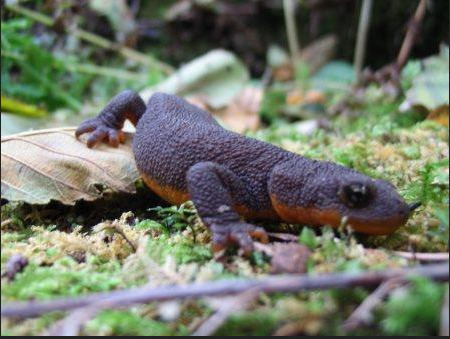
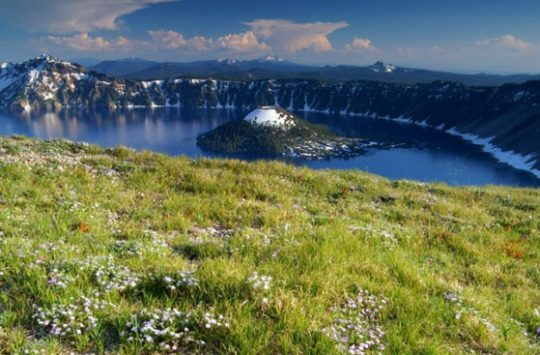

[Source: Mazama newt photo by National Park Service. Crater Lake photo by National Park Service. Crayfish photo by Washington Department of Fish and Wildlife, publicized by Ben Goldfarb for High Country News.]
The newt:
The rough-skinned newt (Taricha granulosa) is an ubiquitous and emblematic species of the coastal Pacific Northwest, ranging from northern California through British Columbia’s Raincoast. Some ecologists recognize there to be two subspecies of the newt: one which lives throughout the aforementioned range across the Pacific Northwest, and the other subspecies limited only to a single location at the lake in the caldera of the dormant volcano Mount Mazama. This proposed subspecies is Taricha granulosa mazamae, the “Mazama newt,” endemic only to Crater Lake, where it was the “top predator” before introduction of the crayfish. The other rough-skinned newts of the Pacific Northwest contain high levels of tetrodotoxin, but Mazama newts are relatively much less toxic; Mazama newts are also genetically and physically distinct.
(The caldera collapse that formed Crater Lake was instigated by Mount Mazama’s volcanic eruption about 7,700 years ago. Landscapes around the lake include forest typical of temperate rainforest, relatively drier montane conifer forests, and related Klamath Mountain and alpine Cascades regional ecology. Crater Lake is the deepest lake located entirely within US borders, at a maximum depth of near 1,950 feet or 595-ish meters.)

[Photo by Lee Katz, publicized by Ben Goldfarb for High Country News.]
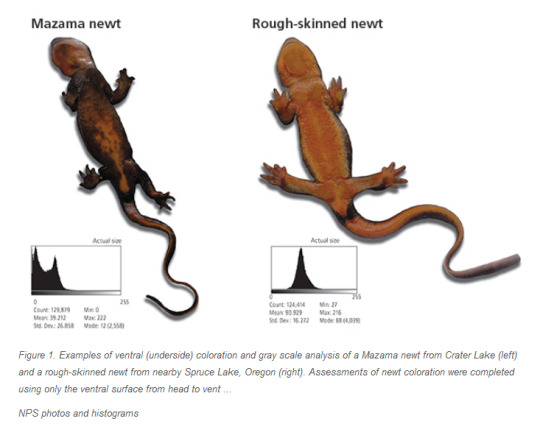
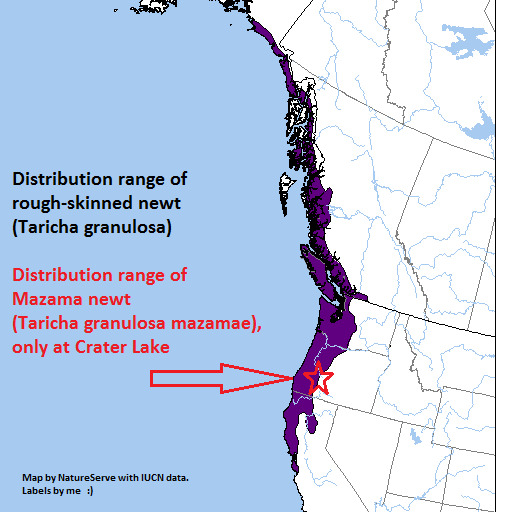
--
Here’s a look at the locations of remaining Mazama newt populations and non-native crayfish populations. From an important summary of the research on newts and crayfish: “The impact of introduced crayfish on a unique population of salamander in Crater Lake, Oregon.” M. W. Buktenica, S. F. Girdner, A. M. Ray, D. K. Hering, and J. Umek. Park Science Vol. 32 (2015).

How the crayfish arrived:
Pacifastacus leniusculus is a crayfish that lives widely across the Pacific Northwest, but it did not live in Crater Lake until its introduction
An excerpt from a nice and accessible article on the subject:
Scientists at the park are finding that crayfish and Mazama newts don’t really get along. “Where crayfish occur, we don’t find newts. And we only find newts where there are no crayfish,” Buktenica says. Not only do they compete for the same food, but studies at the park show crayfish chase and harass the newts, causing them to flee. And in some cases, the crayfish prey upon the newts.
“They’re virtually the perfect invader,” Buktenica says. “They eat algae. They eat plants. They eat aquatic insects and worms and snails. They’ll eat amphibians. They’ll eat small fish, they’ll cannibalize their own. And they’ll eat dead and decaying fish as well.”
Conversely, the Mazama newt is the ideal prey. After thousands of years evolving without predators, the newt lost its best weapon: a potent neurotoxin that can kill. [...]
The story of the crayfish in Crater Lake begins more than 100 years ago - back when getting to the future national park from Medford took five days by horse and wagon. To attract visitors, early conservationists began stocking the lake with game fish like trout and salmon. [...] In 1915, park managers introduced the signal crayfish from surrounding Northwest lakes to feed those fish.
[Source: Jes Burns. “Perfect Invaders: How Crayfish Are Threatening Crater Lake's Smallest Creatures.” OPB. December 2015.]
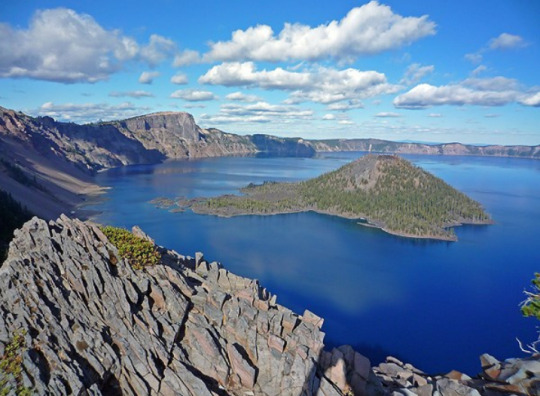
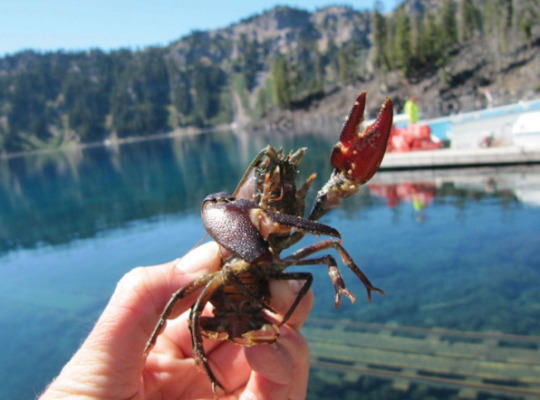
[Source: National Park Service.]
The scale of the danger posed by the crayfish:
The abstract from the 2015 Park Science article [Buktenica, et al, 2015]:
The signal crayfish (Pacifastacus leniusculus) was introduced to Crater Lake in 1915 and is now displacing a native salamander. Before the introduction of this crayfish species, no crayfish existed in the lake. A proposed subspecies of the rough-skinned newt (Taricha granulosa), the Mazama newt (T. granulosa mazamae) is reportedly endemic to Crater Lake, Oregon. The Mazama newt is morphologically, genetically, and physiologically distinct from populations of newts outside of the lake. Observations by park biologists through the 1900s suggested a decline in Mazama newt distribution and an increase in signal crayfish abundance, which led us to investigate current distribution, relative abundance, and interactions between crayfish and newts. Results indicate that crayfish have expanded in distribution to occupy nearly 80% of the lakeshore. Newts remain in areas that crayfish have yet to invade but are almost entirely absent in areas occupied by crayfish. Isotopic signatures of carbon and nitrogen in newt and crayfish tissue indicate that the two species eat similar food items and occupy a similar position (primarily predacious) in the food web. Abundance of other aquatic invertebrates was dramatically reduced in locations with crayfish compared with areas of the lake without crayfish. Mesocosm experiments conducted with newts and crayfish revealed that crayfish prey on newts, displace newts from cover, and generally alter newt behavior when the two species co-occur. This evidence, taken together, suggests that further crayfish expansion likely will cause additional declines in newt abundance and distribution, and could lead to extinction of the unique Mazama newt. [End of excerpt.]
Here’s a look at the rapid spread of the non-native crayfish, between 2008 and 2013. [Source: Buktenica, et al, 2015.]

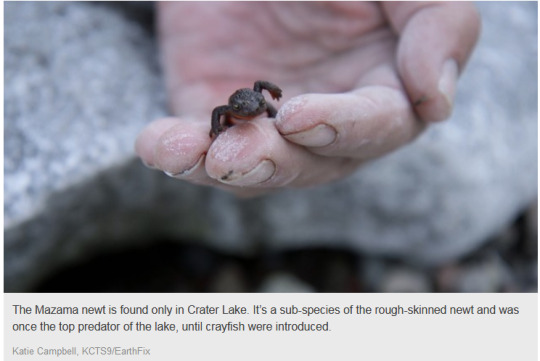
‘“With the loss of its toxicity, [the newt is] left virtually defenseless,” Buktenica says. And that’s not all, says John Umek, a PhD candidate at the University of Nevada Reno. He’s been studying the effects crayfish have on other animals in the lake. “At these areas where we don’t have crayfish, we have a ton of different species of organisms,” Umek says. “We have lots of snails, lots of caddises, mayflies. And when crayfish come in, a lot of those just disappear.” [...] The sobering reality is crayfish will likely never be eliminated from Crater Lake.’ [Source: OPB. Photo, below, of a Mazama newt near the shore of Crater Lake, via National Park Service.]

20 notes
·
View notes
Note
Someone has probably told you already since that bagworm post has 111,000 notes now, but caddisflies (underwater larvae) also make little caddises for protection until they pupate! I used to work with them. They make them out of pebbles, twigs, or leaves, and sometimes a combination :) They also sometimes use bits of wrappers and foil and paint chips if they find it. Some of them are really pretty! My faves were the green pebbles :)
I did not know that! That’s really adorable.
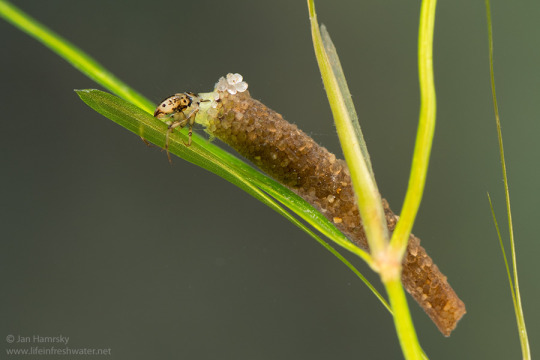
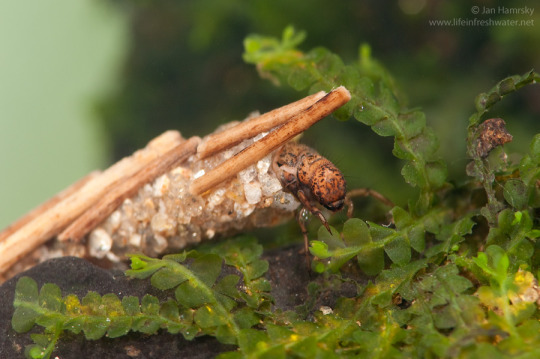

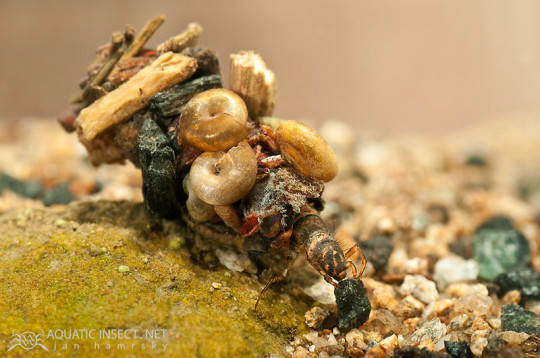
Decadence.
#wildlife#insects#cute animals#caddisflies#caddisfly#biology#nature#cool stuff#fantabulisticity#ask#ty for sharing
14 notes
·
View notes
Text
Vocabulary (pt.mlvi)
Words taken from Pilgrim at Tinker Creek by Annie Dillard:
Mount Palomar
a mountain in South California, northeast of San Diego, which rises to a height of 1,867 m (6,126 ft.). It is the site of an astronomical observatory.
riffle (v.)
turn (pages) in quick succession.
whitewash (n.)
a solution of lime and water, or of whiting, size, and water, for whitening walls etc.
ruck (v.)
make or become creased or wrinkled.
papier-collé (n.)
= collage. [x]
aphid (n.)
any small homopterous insect that feeds by sucking sap from leaves, stems, or roots of plants.
iceboat (n.)
a lightly built boat with runners and a sail for travelling at speed over ice, especially as a sport.
striptease (n.)
a form of erotic entertainment in which a performer removes his or her clothes in front of an audience, usually to musical accompaniment.
caddised (adj.)
trimmed with caddis. [x]
forsythia (n.)
any ornamental shrub of the genus Forsythia bearing bright yellow flowers in early spring.
1 note
·
View note